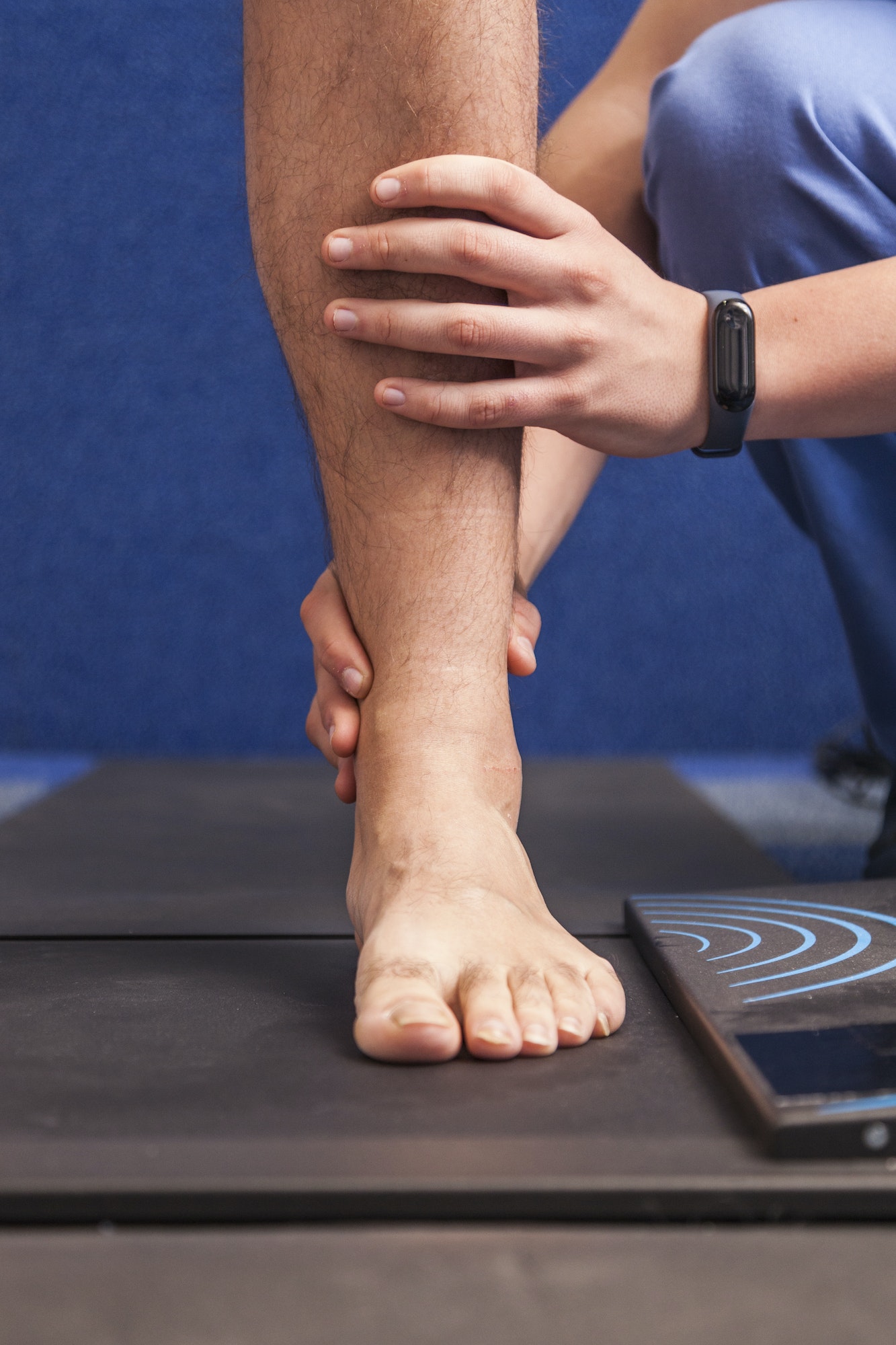Table of Contents
Common Causes of Foot Pain in Children
Foot pain doesn’t just impact the older population. In fact, it is relatively common for children to experience foot pain that can be linked to a more active lifestyle, genetics, or injury. While it may be difficult to pinpoint the exact cause of your child’s foot pain, know that it could be linked to a severe issue. If your child is complaining about foot pain, you should absolutely bring it up with their doctor as various treatment options can bring relief.
Here, we will discuss some of the most common causes of foot pain in children, as well as a brief overview of potential treatments. Of course, you should never self-diagnose foot pain and should consult a doctor right away if your child expresses discomfort in their feet or ankles. Early detection is often the key to correctly diagnosing and treating any medical concern.
Growing Pains
Treatment Options
Sever’s Disease
Treatment Options
Typically, the condition improves after a few months of rest and relaxation but can take longer depending on its severity. Your doctor may recommend taking a break from certain activities or sports to allow the foot to heal completely. Other treatments may include taking anti-inflammatory medications to relieve symptoms and stretching the Achilles tendon and calf muscles.
Fallen Arches
Fallen arches, or flat feet, is when a person’s arches are incredibly low or not visually apparent at all. While the impacts of fallen arches may not be felt for several years, teens may start to experience some of the issues that come with inadequately supported feet, such as pain and discomfort.
Treatment Options
Improper Shoes
Fallen arches, or flat feet, is when a person’s arches are incredibly low or not visually apparent at all. While the impacts of fallen arches may not be felt for several years, teens may start to experience some of the issues that come with inadequately supported feet, such as pain and discomfort.
Treatment Options
Bunions
Treatment Options
Bursitis
Treatment Options
Flexible Flatfoot
Treatment Options
If your child experiences pain associated with Flexible Flatfoot, then there are potential treatment options available. Most commonly, doctors recommend wearing supportive shoes or custom-made orthotics to temporarily wear until the condition improves over time.
Plantar Warts
Treatment Options
Athlete’s Foot
Treatment Options
Ingrown Toenails
Treatment Options
Physical Injury
Treatment Options
Call a Name You Can Trust

Meet Weil Foot & Ankle Institute
By: Weil Foot & Ankle Institute, Published: Feb 9th, 2021
Review By: Kristin Abruscato DPT – Jan 19th, 2023


